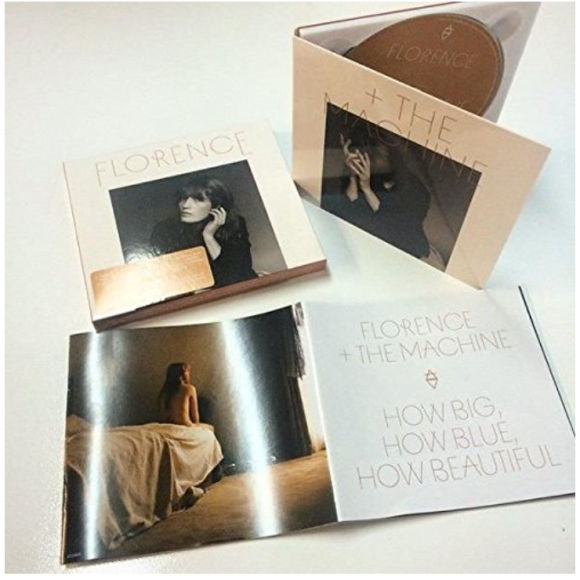OneRepublic are an American rock band formed in Colorado Springs, Colorado in 2002 by lead vocalist Ryan Tedder and guitarist Zach Filkins. It also currently consists of guitarist Drew Brown, bassist and cellist Brent Kutzle, and drummer Eddie Fisher. The band first achieved commercial success on Myspace as an unsigned act. In late 2003, after OneRepublic played shows throughout the Los Angeles area, a number of record labels approached the band with interest, but OneRepublic ultimately signed with Velvet Hammer, an imprint of Columbia Records. They made their first album with producer Greg Wells during the summer and fall of 2005 at his studio, Rocket Carousel, in Culver City, California. The album was originally scheduled for release on June 6, 2006, but the group was dropped by Columbia two months before the album ever came out. The lead single of that album, “Apologize”, was released on April 30, 2006 on Myspace and received some recognition there, becoming number one on the Myspace charts.
In 2007, OneRepublic released their debut album, Dreaming Out Loud. Its lead single, “Apologize”, was notably remixed by Timbaland, becoming a huge international success, reaching number one in sixteen countries and subsequently earning them a Grammy Award nomination. The second single, “Stop and Stare”, mirrored its predecessor’s success. The album was later certified Platinum by the Recording Industry Association of America (RIAA). The band’s second album, Waking Up (2009), produced the singles “All the Right Moves”, “Secrets”, “Marchin On”, and “Good Life”, with the latter reaching the top ten of the US Billboard Hot 100.

Timbaland
Timothy Zachery “Tim” Mosley (born March 10, 1972), known professionally as Timbaland, is an American record producer, singer, songwriter, rapper and DJ.Timbaland’s first full credit production work was in 1996 on Ginuwine…the Bachelor for R&B singer Ginuwine. After further work on Aaliyah’s 1996 album One in a Million and Missy Elliott’s 1997 album Supa Dupa Fly, Timbaland became a prominent producer for R&B and hip hop artists. As a rapper he initially released several albums with fellow rapper Magoo, followed by his debut solo album Tim’s Bio in 1998. In 2002, Timbaland produced the hit single “Cry Me a River” for Justin Timberlake, going on to produce most of Timberlake’s subsequent LPs such as FutureSex/LoveSounds and The 20/20 Experience and their respective hit singles. A Timbaland-owned imprint label, Mosley Music Group, featured artists such as Nelly Furtado, whose Timbaland-produced album Loose (2006) was a commercial and critical success. In 2007, Timbaland released a solo album, Shock Value, which was followed by Shock Value II in 2009.









